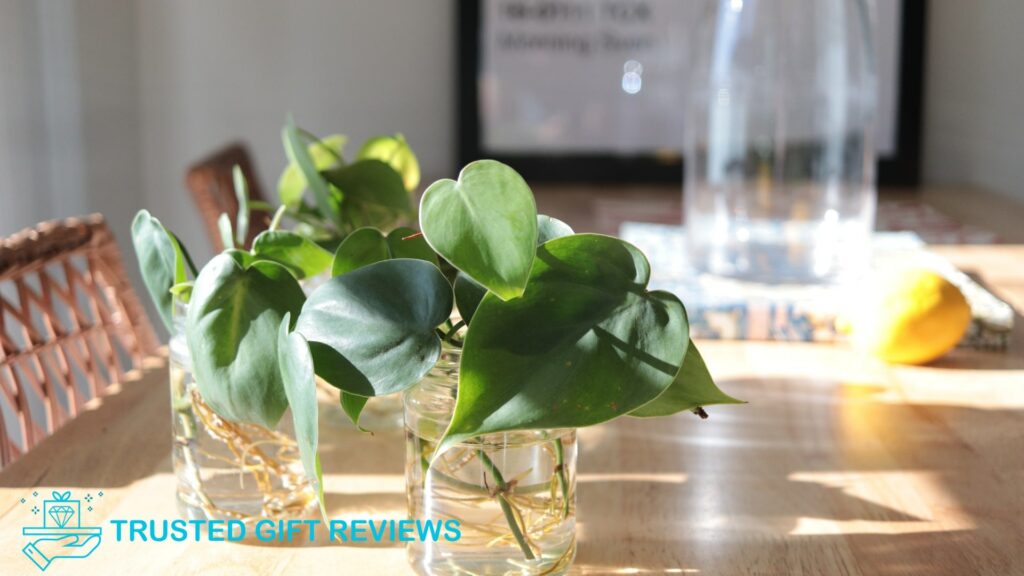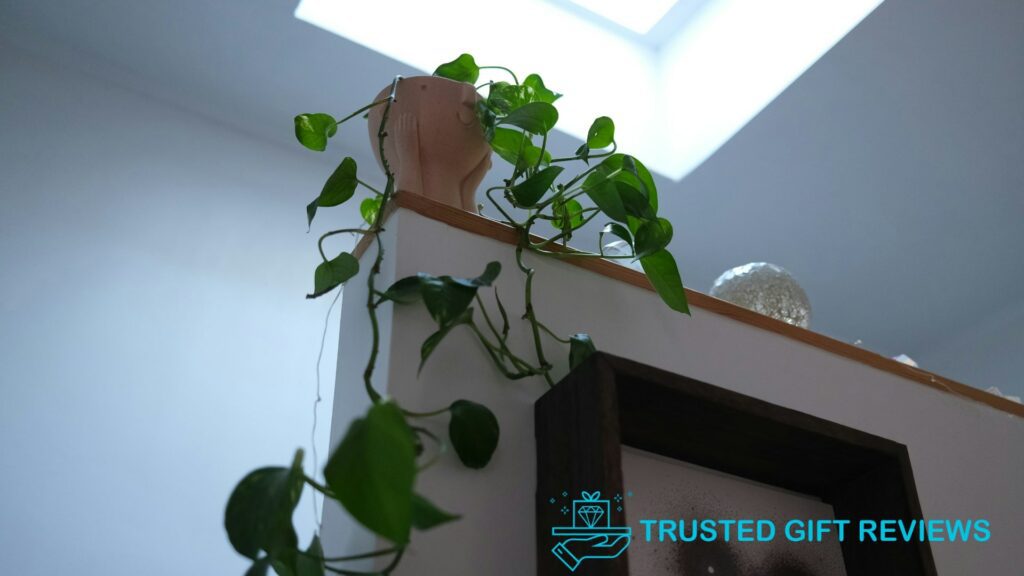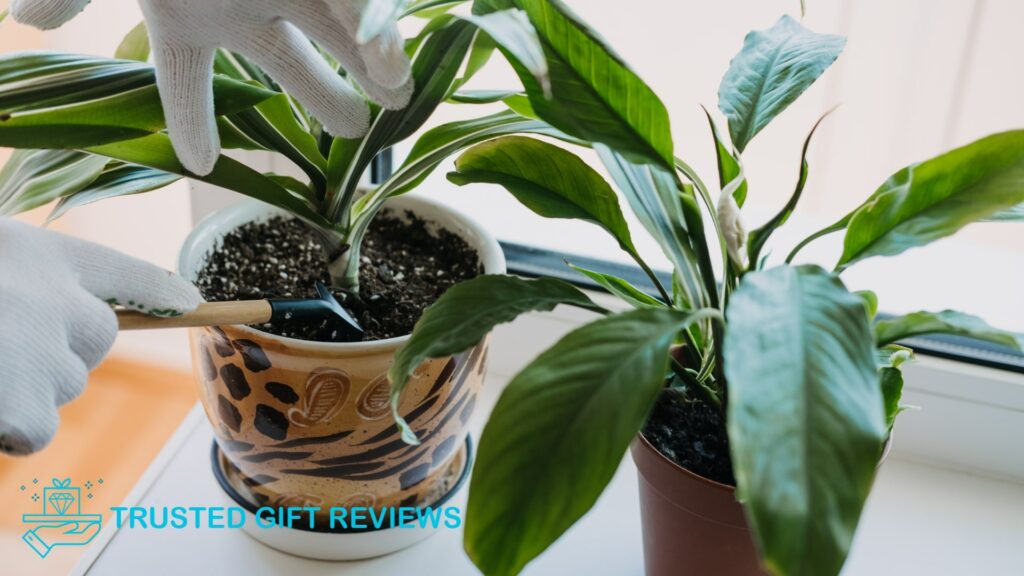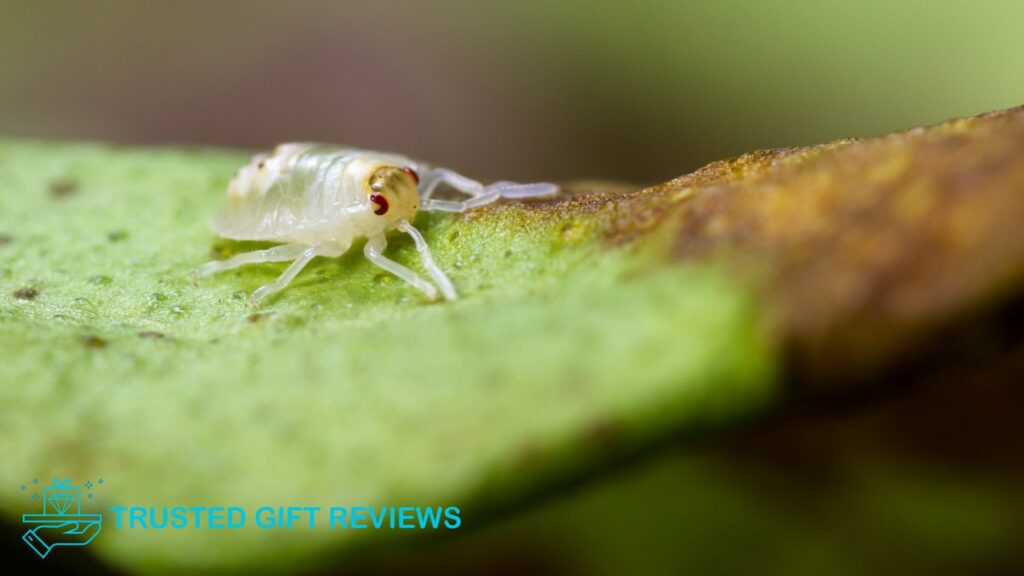Pothos plants are celebrated for their hardiness and low-maintenance nature. They’re incredibly forgiving houseplants that don’t quickly die even when neglected, making them the ideal house plant for those who are just starting their planting journey.
If you’re a novice gardener, it can be pretty daunting when you start seeing yellow leaves on your green pothos. But don’t worry because we’ll help you bring your pothos back to its glory.
In this guide, we’ll discuss the possible reasons your pothos plant is turning yellow and what you can do to solve them. We’ll discuss everything, from the potential watering problems to addressing pest infestation.
Improper Watering


When it comes to watering pothos, there’s no strict watering schedule that can fit every single pothos out there. Hence, there’s no use searching for the best watering schedule or the perfect amount of water to use because there’s nothing like that.
Your watering routine should be based on the specific needs of your plant. For pothos, the best watering routine is only to water the plant when about 50% to 75% of its soil is dry.
When the soil is consistently too wet, it can get stressed and manifest into yellowing leaves. Similarly, the leaves may turn yellow and brown if the soil becomes too dry for extended periods.
How to Fix Improper Watering
Rather than following a fixed watering schedule that was most likely recommended to you, assess the soil and plant conditions and modify your watering schedule accordingly.
If almost half of the soil is still not completely dry, then there’s no need to water it.
Pothos are drought-tolerant, so don’t worry too much if you think you’re underwatering them just because you haven’t watered them in a few days. They can last a few days of drought but can be very vulnerable to overwatering.
Additionally, make sure to water the plant thoroughly and evenly during watering sessions. Add water to the soil slowly until you see excess water flowing out of the drainage holes.
Inappropriate Temperature and Humidity


A thermometer or humidity sensor
Pothos plants are generally hardy and can adjust to different growing conditions. However, when they’re exposed to conditions that are extremely different from their preferred environment, they’re likely to get stressed, which can lead to yellowing leaves.
If you notice the leaves turning yellow during winter, it’s most likely because of the temperature and humidity. During winter, the environment can get really cold and dry, which is the opposite of the warm and humid conditions pothos love.
Frequent temperature drafts can also stress plants and harm their health. Once stressed, the leaves of your pothos will likely turn yellow as a sign of distress before they eventually drop.
How to Fix Inappropriate Temperature and Humidity
Keep the temperature in your home around 65 to 85 degrees Fahrenheit since this range is ideal for growing pothos. Small deviations from this range can be tolerable, but anything below 55 and above 90 can be too much for the plant.
Avoid placing the plant near windows or doors during the winter season since these areas get really cold. It’s also not advisable to place it near radiators just to keep it warm because radiators tend to make the area near them dry.
Pothos plants love highly humid environments since they’re similar to their natural growing conditions. They do best when the humidity level is at 60%, but they can tolerate until 40% humidity level.
Improper Sun Exposure


A pothos plant with yellow leaves in a poorly-lit room
One of the biggest charms of pothos plants is their ability to tolerate low lighting conditions, which is true for the most part. However, they still prefer bright, indirect light and may get stressed when exposed to low lights for prolonged periods.
If your pothos is kept in low-light conditions for a long time, it may not be able to perform photosynthesis properly. This can lead to a lack of chlorophyll production, resulting in yellow leaves instead of green.
That said, intense and direct sunlight can also cause significant damage to the plant. If the plant receives intense, direct sunlight for prolonged periods, the leaves will likely get scorched and turn yellow.
How to Fix Improper Sun Exposure
Make sure your pothos is placed in a location that receives bright, indirect light. This could be near an east-facing or in a well-lit room.
Avoid placing the plant in direct sunlight for extended periods, especially during the hottest times of the day. South and west-facing windows receive direct light, so if you want to put it near them, hang a sheer curtain to filter the light.
If you live in an apartment that doesn’t receive much light, consider applying artificial lighting for your pothos.
Transplant Shock


A pothos plant with yellow leaves
Another possible cause of yellowing leaves in your pothos plant is transplant shock. This occurs when the plant is moved from one environment to another, which can be particularly stressful for pothos.
Pothos plants often suffer from transplant shock after repotting when their roots are disturbed during the process. They have a hard time adjusting to their new environment, causing a lot of stress, which results in yellowing leaves.
Moving your pothos from one room to another can also cause the leaves to turn yellow. The sudden change in light exposure, humidity levels, and temperature can shock the plant and cause stress.
How to Fix Transplant Shock
If some of the leaves of your pothos turn yellow after moving it to a different room or after repotting it, don’t worry too much because it’s normal. The plant will take its time familiarizing itself with its new environment, so some leaves might need to be sacrificed.
Simply give your pothos enough water, nutrients, and the proper lighting conditions. It should recover quickly, and the rest of the leaves won’t turn yellow.
We also highly encourage using the same potting mix when repotting your pothos to minimize the changes in their environment. If you plan to move it to a different location after repotting, give the plant some time to recover first before moving it.
Nutrient Deficiency


Similar to humans, pothos plants need various nutrients to grow and develop. If your pothos isn’t getting enough nutrients, one of the signs of stress and unhealthy growth it may show is yellowing leaves.
If the leaves of your pothos are turning yellow, the plant is probably not receiving enough iron and magnesium from the soil. Both of these nutrients are important in chlorophyll production, so the leaves lose their green color without them.
Lack of the essential nutrients, namely nitrogen, phosphorus, and potassium, can also lead to stress and eventually yellowing leaves. These three are necessary for the pothos to produce energy, so they can suffer from various damages without them.
How to Fix Nutrient Deficiency
During the growing season, apply balanced, water-soluble houseplant fertilizer into the soil every month to address nutrient deficiency in your pothos and prevent other leaves from turning yellow.
It’s also important to regularly check the soil’s pH to make sure it’s within the 6.0 to 6.5 preferred range of pothos plants. pH level directly affects how much nutrients are available for the plant to uptake, so don’t ignore it when growing plants.
If you’ve been using the same soil for several years, it’s probably time to repot. The soil might’ve lost all the nutrients it has and can no longer hold enough nutrients for your pothos.
Pest and Diseases


Decaying roots of a pothos plant
Probably the most troublesome causes of yellowing pothos leaves are pests and diseases. Not only are they hard to deal with, but they also pose a threat to your other houseplants.
Common pests, such as spider mites, mealybugs, and aphids, harm plants by feeding on their sap. It’s easy to identify pest infestation because pests tend to appear in clusters on the plant’s leaves.
Diseases like root rot typically target the plant’s roots. They slowly damage the roots, impairing their ability to uptake moisture and nutrients, leading to yellowing leaves.
How to Fix Pest and Diseases
Pest-infected pothos plants should first be isolated from the rest of the plants to stop the infestation from spreading. To reduce the rate of infestation, severely damaged leaves should also be carefully removed and disposed of.
Manually remove the remaining pests using a cotton swab dipped in rubbing alcohol and applying neem oil or insecticidal soap to the plant. After you’ve eliminated the pest, make sure to regularly inspect the plant for any signs of pests and diseases.
Providing your pothos with sufficient moisture, nutrients, and sunlight is also important. Healthy pothos plants are less susceptible to pest infestation and diseases.
Natural Aging


Sometimes, there’s nothing wrong with how we grow and care for our pothos plants, and the yellowing is just caused by natural aging. Even with the best care, plants will eventually turn yellow as it is an inevitable part of their life cycle.
As the plant grows, it will start focusing on producing new leaves and growing younger leaves. This means the energy supposedly allocated to older leaves will be redirected to the younger ones.
Eventually, the old yellow leaves will drop to make way for new, healthier leaves. The yellowing and dropping will typically start from the bottom, so you’d easily know if the yellowing is because of old age.
How to Fix Natural Aging
There isn’t much we can do to save your pothos if its natural aging process is the reason for the yellowing. You can just trim the leaves off the plant to keep it aesthetically pleasing or wait until they fall on their own.
Instead of focusing on the yellowing leaves, it’s best to direct your attention to the younger ones. Provide the plant with the utmost care, and it will produce new leaves.



